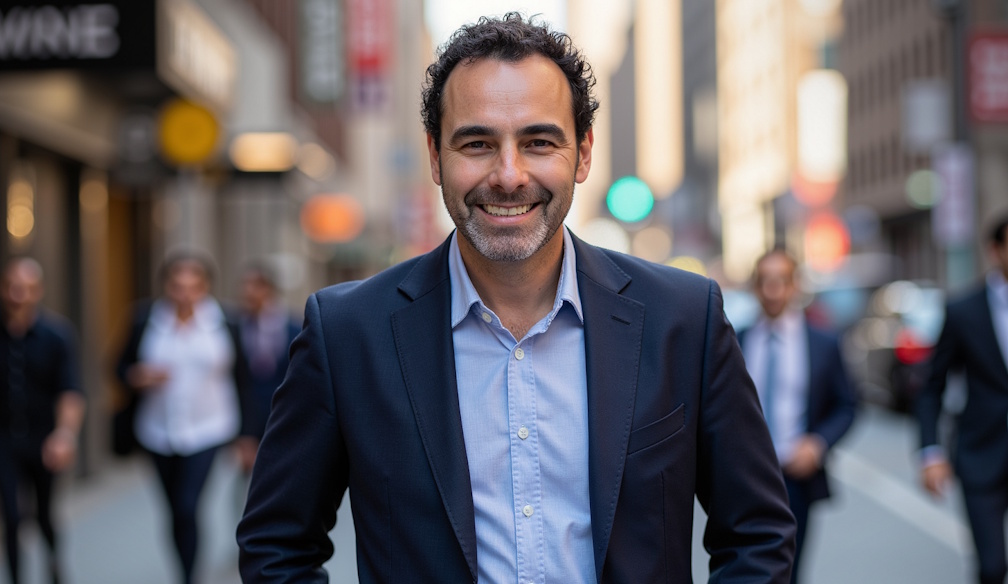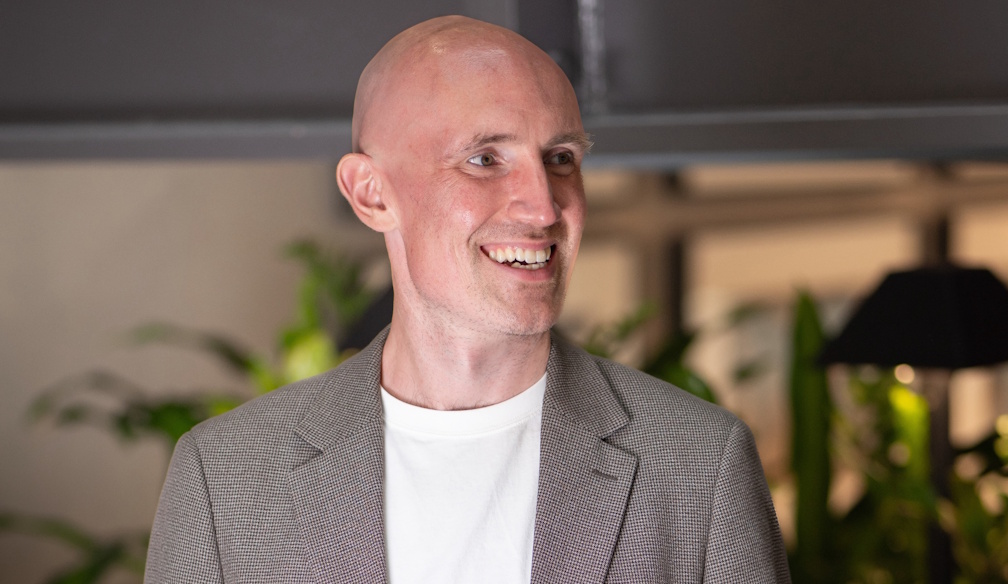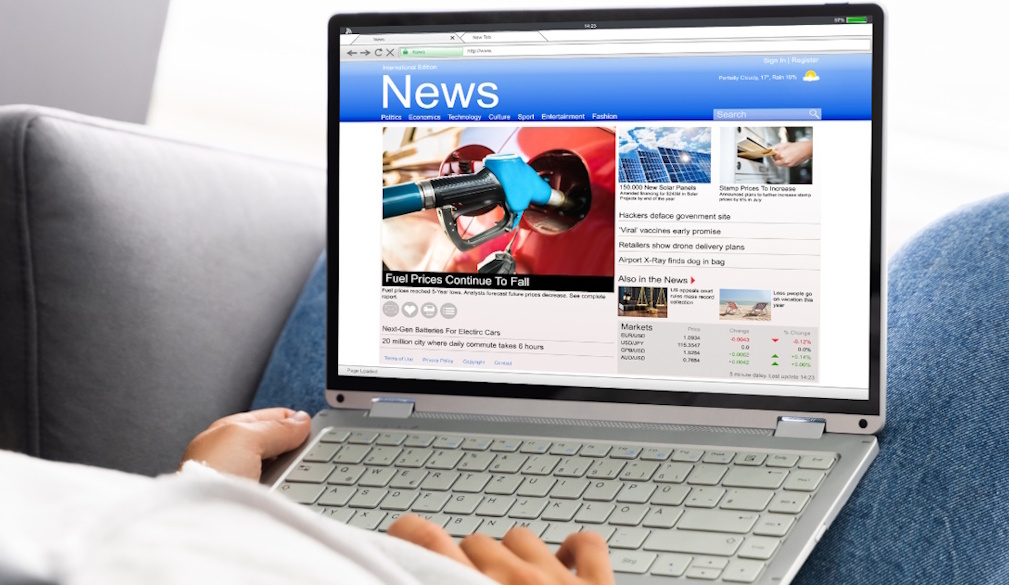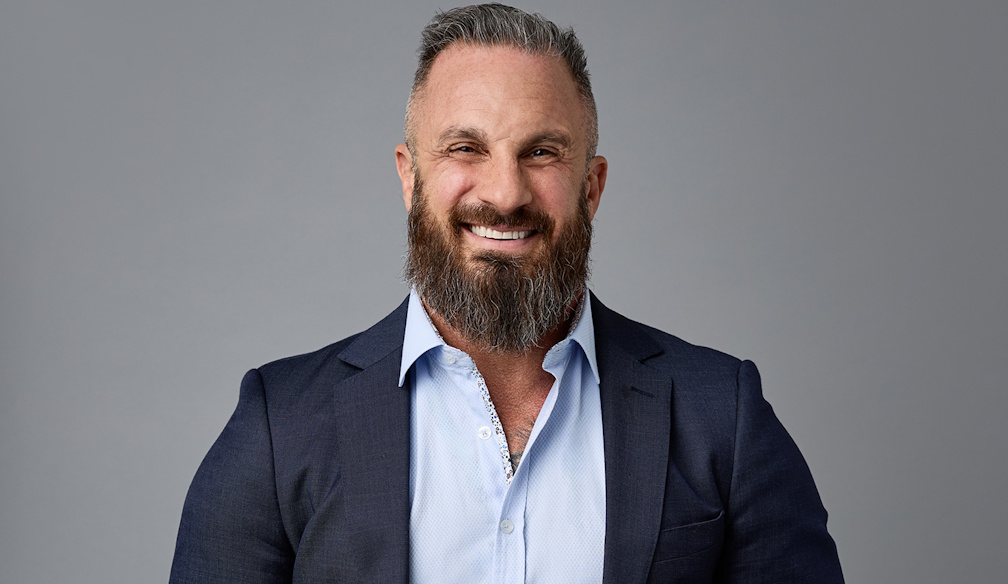A new report card shows inequality in Australia isn’t as bad as in the US – but we’re headed in the wrong direction
- Written by Cameron Allen, Senior Research Fellow, Monash University

It’s hard to remember a time the United States seemed as tense and divided as it does today. That should serve as a stark reminder of just how important it is to monitor the health of our own nation.
Today, our new report card[1] on Australia’s progress will be launched in Canberra. It assesses progress on 80 economic, social and environmental targets and models a range of policy shifts that could boost progress.
We find that progress on more than half of these targets has either stagnated or is going backwards. And growing inequalities threaten the wellbeing of many Australians.
Our report comes on the heels of America’s own State of the Nation report[2], which puts the US near the bottom of global rankings on inequality, violence, trust and polarisation.
The situation in Australia is not yet as dire. However, our results signal a need to start thinking long-term and take bold action on inequality to avoid a similar fate.
Not an A+ student overall
Our report[3] draws on the 17 UN Sustainable Development Goals[4] (SDGs) to select a broad and balanced set of 80 economic, social and environmental indicators.
Each of our indicators can be grouped under one of these 17 goals and includes a 2030 target. We use this target to evaluate progress and allocate “traffic lights” that tell us about the direction in which the country is moving.
We also benchmark Australia against peer nations from the OECD, including the US.
The overall outlook for Australia is mixed. We aren’t completely on track to meet any of the 17 SDGs. And on some indicators, Australia is actually going backwards, away from the target.
Many areas of concern centre on increasing inequality. These include:
- a 30% decline in the share of wealth held by the bottom 40% of Australians since 2004
- almost 20% of Australians living in financial stress
- over 40% of lower-income renter households living in housing stress
- household debt levels now exceed Australia’s annual gross domestic product (GDP).
There are also some broader economic concerns. Australia’s level of investment in innovation is nearly 40% below OECD averages. Economic complexity – which measures the sophistication and diversity of what our economy produces – has fallen behind Honduras, Armenia and Uganda.
And there’s been a rapid decline in education outcomes for students from lower socio-economic groups.
Shining in some areas
On the other hand, Australia is on track and actually leading our peers in life expectancy, road fatalities, tertiary education, water efficiency and government debt.
We’re also above average on closing gender gaps in both income and political representation. Australia also has very low homicide rates and high feelings of safety and trust compared to our peers.
In some key areas, Australia is actually trending rapidly towards SDG targets.
The gender gap in superannuation, for example, has fallen from 53% in 2014 to 21% in 2021.
The share of renewable electricity in our national energy grid has climbed to 35% and greenhouse gas emissions are steadily falling.
And rates of unemployment, underemployment and youth unemployment have all declined to within or closer to SDG target levels of below 5-6%.
How does the US compare?
America’s State of the Nation report[7], which tracks progress on a range of similar measures to our report, paints a bleak picture.
There are only four measures where the US performs in the top 20% of high-income countries – economic output, productivity, years of education and long-term unemployment.
Compared to Australia, the US outperforms us on average per-capita income, investments in research and development and knowledge-based capital, economic complexity, household debt and broadband connection speeds.
But despite their apparent economic success, mental health and life satisfaction have deteriorated. Social connections are fraying with increased social isolation, polarisation and eroding trust.
Tragically, suicide rates, fatal overdoses and shootings have increased.
Far worse on some measures
In areas where Australia is also trending backwards, things in the US are often far worse.
Income and wealth inequality, for example, are much higher[8] in the US. The top 1% of Americans hold around 35% of wealth – compared to 24% for the top 1% of Australians.
US welfare payments[9] are almost 90% below the poverty line and the poverty rate is 30% higher than in Australia. Yet US government debt as a share of GDP is almost double[10] that of Australia.
This stark contrast suggests America’s approach to pursuing material prosperity is undermining social wellbeing, with rising inequalities fuelling social tensions and polarisation[11].
Bold action needed
For the first time, our new report models[13] two future scenarios for Australia, exploring policies that reverse negative trends and accelerate progress towards SDG targets by 2050.
Our modelling shows that with increased policy ambition, Australia can halve poverty and reduce income inequality by a third. We can also boost health, education and productivity, improve biodiversity, and deliver net-zero greenhouse gas emissions.
To do it, we’d need to increase public investment by around 7% a year over 10 years in key areas such as education and health, disaster resilience, sustainable food, energy and urban systems and the natural environment.
Our modelling shows that with these measures, Australia could achieve 90% of our Sustainable Development Goal targets by 2050.
Without them, our future prosperity is projected to stagnate and decline by 2050, reaching just 55% progress towards our targets and with GDP around A$300 billion lower than our more ambitious scenario.
There’s a famous aphorism that in the long run, economic productivity is almost everything. The social fissures in the US despite a strong economy would suggest otherwise.
Australia should take note and take action to ensure the long-term sustainable prosperity of our nation.
References
- ^ report card (www.monash.edu)
- ^ State of the Nation report (stateofnation.org)
- ^ report (www.monash.edu)
- ^ UN Sustainable Development Goals (sdgs.un.org)
- ^ Dave Hunt/AAP (photos.aap.com.au)
- ^ Andrii Zastrozhnov/Shutterstock (shutterstock.com)
- ^ State of the Nation report (stateofnation.org)
- ^ much higher (www.monash.edu)
- ^ welfare payments (www.monash.edu)
- ^ almost double (www.monash.edu)
- ^ polarisation (carnegieendowment.org)
- ^ Peter Morgan/AP (photos.aap.com.au)
- ^ models (www.monash.edu)
Authors: Cameron Allen, Senior Research Fellow, Monash University







